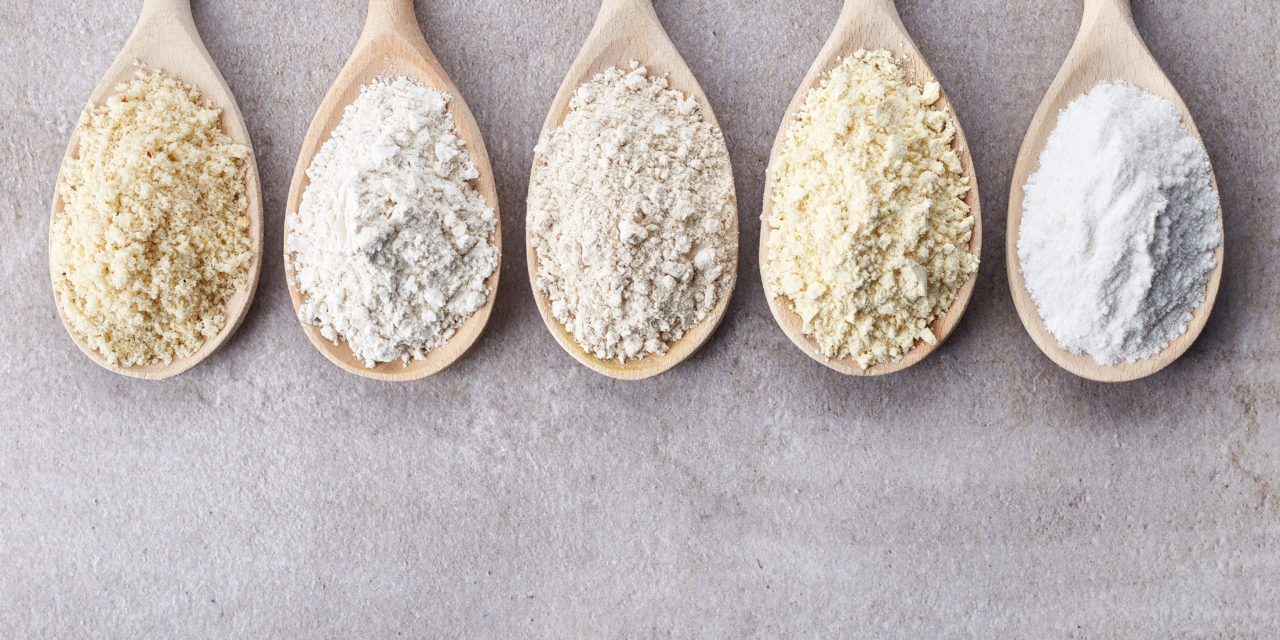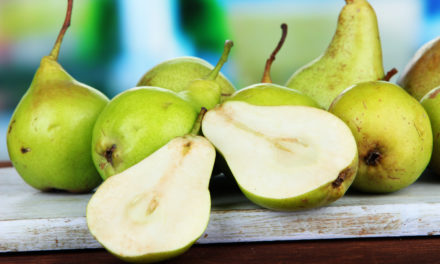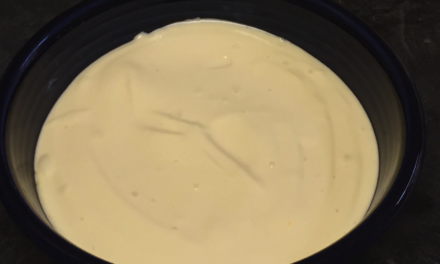How do you think our pioneer mothers would react to all the dietary restrictions many American follow today? Gluten-free, lactose intolerant, rice flour vs. stone ground sprouted grains, caveman, keto, Jenny Craig, non-GMO, organic, raw or McDonald’s it’s a maze of choices!
I must admit when I first heard of this, I questioned if it was relevant or just another fad. Then I watched family members who grew ill and years of costly medical treatments that didn’t help. Only when they went to a stringent gluten and dairy free diet did they recover their health. Okay, time to reevaluate. Why are so many illnesses now connected to the foods we eat or even the air we breathe? I did lots of research, listened to advocates on the front lines of healthy living and my conclusion is simple, modernization and greed. One look on the internet at all the sites devoted to the causes of modern illness should convince you that it’s time to consider or continue healthy living.
Today‘s topic is wheat flour. What do you know about the staff of life? It once was sufficient as a source of food to carry our ancestors across the plains. The pioneer women would mix up their sourdough bread in the evening put it in a cast iron Dutch oven and it was ready to bake that morning. It was what we would call an “artisan” loaf. It was dense, wholesome bread made with stone ground winter wheat and it had protein and fiber to help them survive. What do we have available to us today when it comes to wheat flours? Here is a breakdown of flours from the store.

Wheat is made of three parts – germ (the embryo), bran (the outer shell) and endosperm. Wheat germ and bran are high in natural oils, nutrients, minerals, and fiber. They also contain protein. The part of the wheat that is used in most commercial flours is the endosperm, which includes some protein and starch molecules. In all-purpose and refined flours, the germ and bran are removed. If left in the flour blend, it would turn rancid quickly significantly reducing the shelf life since they are high in oils. The endosperm is broken when ground into tiny particles, or streams, and used to make all the different types of flours. Only stone-ground flours may be found to contain some germ and bran in the final product.
Types of Flours:
All-Purpose Flour: This is the workhorse in most kitchens, which is ground from hard winter wheat. It is refined which means the bran and germ have been removed. It has a mid-level protein, which makes it great for whipping up biscuits and gravy and most baked goods like cookies and brownies. It is sold bleached and unbleached.
Note: Do yourself a favor, don’t make me get on my high horse about what goes into the bleaching process and only use unbleached flour. There will be no difference between the two except a boatload of unhealthy chemicals like benzoyl peroxide or chlorine dioxide and often bromate which has been banned in most countries outside of the United States! There are companies here in the U.S. that never add chemicals like bromate and achieve a similar effect naturally by adding malted barley flour to their all-purpose flour instead of bromate to improve rise and elasticity.
Pastry Flour: This has less gluten than all-purpose flour. It’s great for pie dough when you don’t want to work up the gluten as that will lead to a tough pie crust. The reason that you only roll out the dough in one direction at a time is not to awaken the gluten that remains in the pastry flour.
Cake Flour: This has the lowest protein (gluten) level of all processed flour only 7-8%, perfect for homemade cakes like Angel Food. The lower protein is crucial as it’s what gives the cake structure as well as a tender, light texture. While it is expensive to buy, it’s easy to make your own. All you do is mix cornstarch and all-purpose flour together in your sifter. Two tablespoons cornstarch to one cup flour, no reason to buy pre-mixed!
Bread Flour: This has the highest levels of gluten (protein) making it ideal for baking sturdy yet light breads. Whole-wheat or white bread flour makes baking delicious, healthy breads and rolls easy. Packed with protein (12-14%) that adds strength to the dough and helps even the novice cook’s dough rise well. I always use at least a portion of bread flour whenever I bake bread.
Whole wheat can be broken further down into whole wheat pastry flour, whole wheat, stone ground whole wheat, and sprouted whole wheat. I found baking with whole grains an art-form that takes practice. An excellent place to start is with white bread flours and after you achieve that move on to whole grains. Set yourself up for success! There is nothing like homemade baked goods even with all the new dietary necessities!
I hope this article added to your knowledge of basic wheat flours. There is much to learn as we strive to be the best cooks possible! Have fun today!
Ann May






